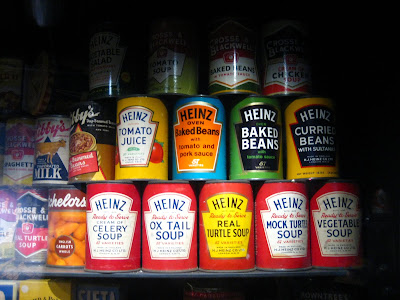
After looking at the 10 products for the final pieces, I found it hard to imagine how I could integrate sound system into the plaster and cereal boxes. The difficulties would be how would I create a cover for it and print text onto it? Would I create a net and stick it together, woudl I reuse the packaging? Could I reverse the box then print onto it? How would I create a bold background colour on it? So I have decided to scrap the creael and plaster boxes because it would be too difficult to handle with and instead thought of the idea of creating dvd cases for the visually impaired. This idea came across to me because I wanted to keep to the theme of trying to distinguish different genres of the same items (i.e. distinguishing different food contents within each tin) and thought of the idea of a talking book. A talking book would be fascinating but unconvenient because it would very bulky.. and that is how I led to the idea of the dvd cover.

The first film that came to my head when I thought of creating a dvd cover for the partially blind was Kill Bill. The colour theme was a contrasting yellow and black and I thought it would be an obvious and well known link to the film and the text. I constructed the layout of the cover and had to research into what was on the original dvd cover. I've stripped the context down to:
Starring
Director
Writers
Producers
Run Time
and the certificate
I did think about whether to include the description of the film but the original context was quite a paragraph and would of taken up much of the room. I thought it would be interesting to have the credits included though especially the option to know how long the film last for. I also thought the certification was important because what if the visually impaired person was a mother who would want to buy a dvd for their child? They would need to know whether they were old enough and this will remove the dependancy of asking someone if it wasn't available or readable from the cover.
After printing the cover I affixed the braille onto it too for the title on the front and the spine. I then plan to drill some holes similar to the can lid idea and have the button on the front so the user can locate and hold down the button to hear what film they are selecting.
Other films I have thought of extending this to was Batman returns (Black and yellow), Sin City (Black and White), Avatar (Blue and yellow) and Eternal Sunshine of the Spotless Mind (Yellow and Black). I thought that Avatar and Sin City would be a better line up against Kill Bill because of the visual colours when put together.
I tested drilling the holes into the dvd cover and because of the plastic film of the cover, the texture afterwards creates an unpresentable surface that I don't really like. I was thinking of the speaker holes to be laser cut so I went to a laser cutter who explained that the plastic would melt if they did it. I didn't want to hand cut the individual holes myself because I know this will look unprofessional, square like and worse than the drilled holes. I then thought of the card where the devices came from where you would open the card to hear the greeting... I could integrate this into the dvd where the dvd is opened and it speaks. Its a simple solution and avoids the complication of the drilling. It would also make the product look neater too.

















































